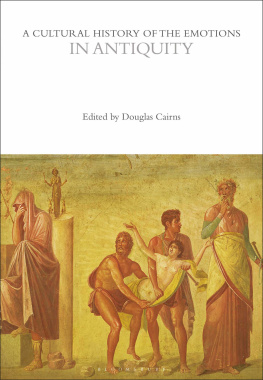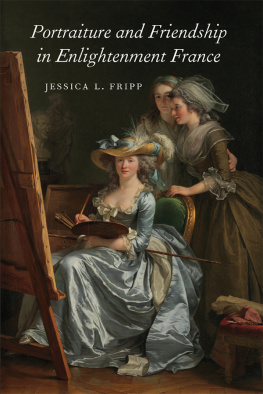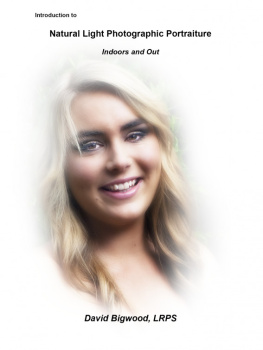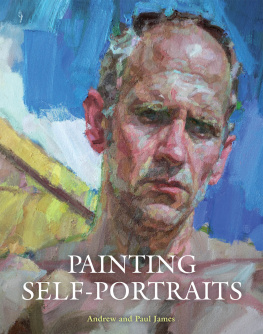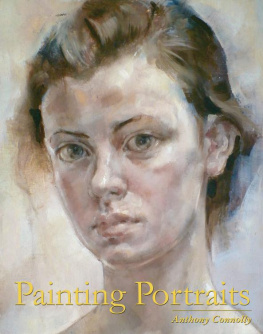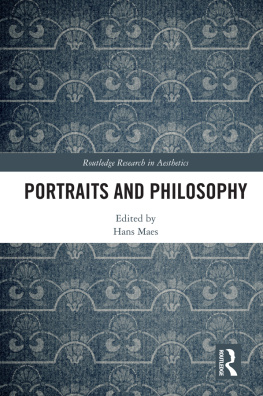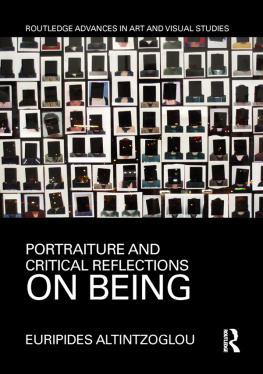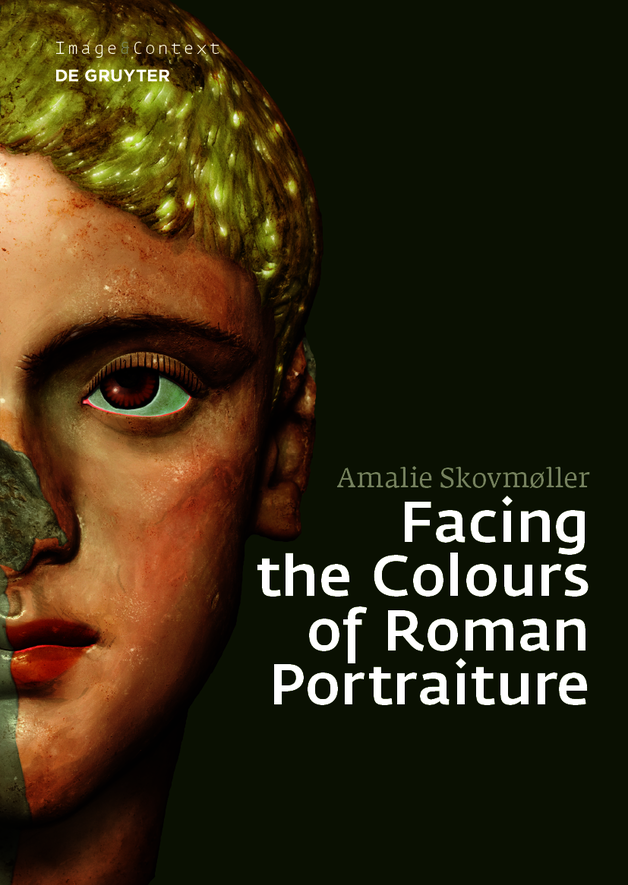Image & Context
Edited by
Franois Lissarrague
Rolf Schneider
R. R. R. Smith
Volume
ISBN 9783110563665
e-ISBN (PDF) 9783110585520
e-ISBN (EPUB) 9783110583809
Bibliographic information published by the Deutsche Nationalbibliothek
The Deutsche Nationalbibliothek lists this publication in the Deutsche Nationalbibliografie; detailed bibliographic data are available on the Internet at http://dnb.dnb.de.
2020 Walter de Gruyter GmbH, Berlin/Boston
To Iben and Einar.
Acknowledgements
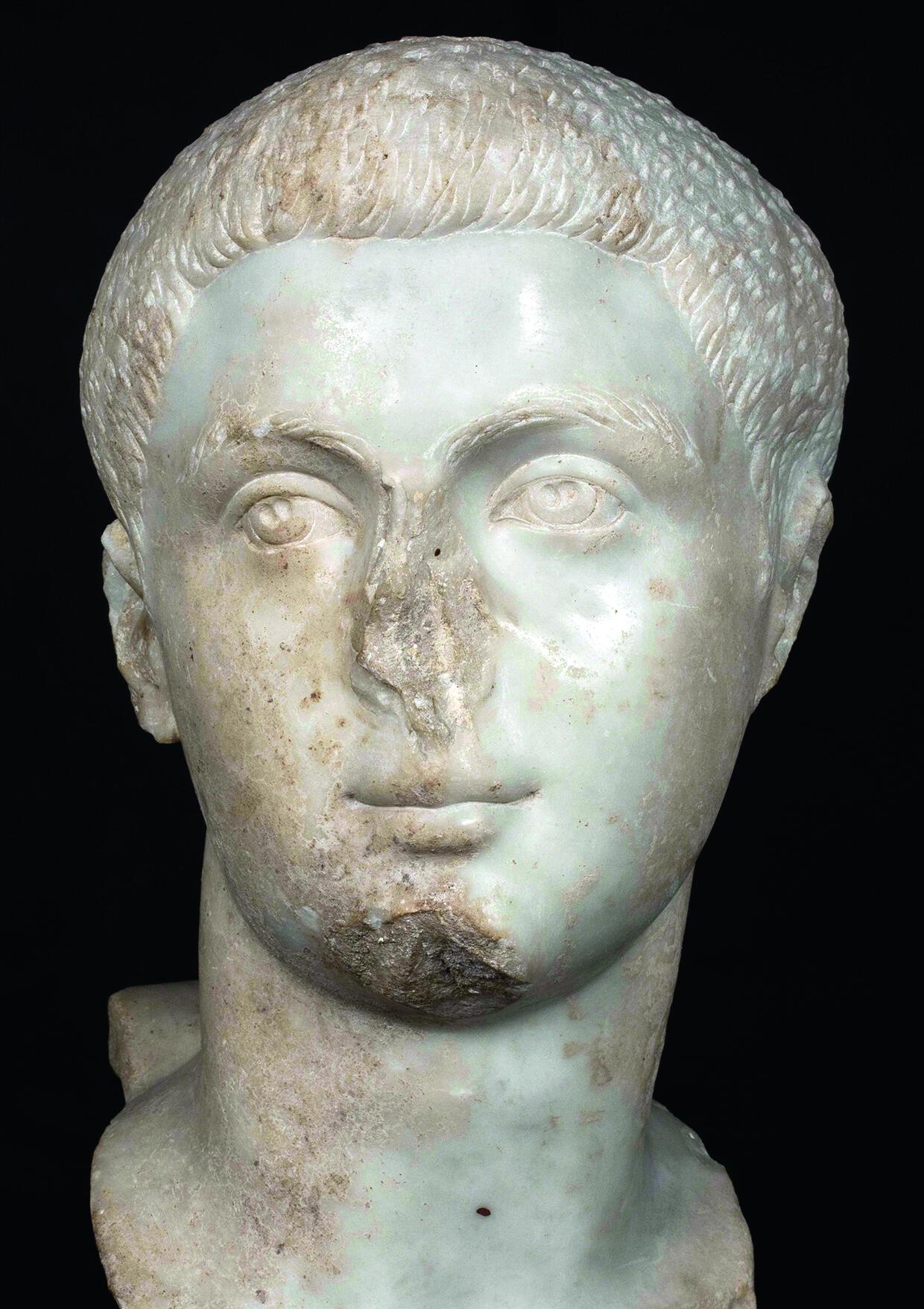
This book and the preceding thesis have benefited greatly from the use of broad range of scientific disciplines, and I wish to thank a number of people for guiding and supporting me throughout the processes of writing my thesis and rewriting it as this book.
Situated at the heart of Copenhagen, the Ny Carlsberg Glyptotek has served as an inspiring laboratory for me, and I have drawn heavily on the expertise of the University of Copenhagen and the School of Conservation. Without this important cross-institutional collaboration, which framed the work of my doctoral thesis and was supported by generous grants from the Ny Carlsberg Foundation, the Carlsberg Foundation, the Augustinus Foundation and the Freddy and Kirsten Johansen Foundation, I could never have realized the results presented in this book. The tireless efforts of Jan Stubbe stergaard in particular have made Copenhagen a city capable of hosting leading experts within the field of ancient polychromy. This standing benefits not only the disciplines of classical archaeology and classics, but also conservation sciences, physics, geology, art history, anthropology, and I am indebted to him for introducing me to this thriving academic milieu.
A great number of people have helped, supported and guided me throughout my research for this book. The strength of my work as presented here is particularly due to the guidance of, first and foremost, Jane Fejfer, who supervised my thesis and encouraged me to proceed with this publication. Also, I am indebted to Rolf Michael Schneider for making this publication possible and for his generous support throughout the process of rewriting my thesis.
I would like to extend my gratitude to the current and former staff of the Ny Carlsberg Glyptotek, especially conservators Maria Louise Sargent and Rikke Hoberg Therkildsen for close collaboration on examination of the sculptures; Rune Frederiksen and Christine Buhl Andersen for supporting my publication; Cecilie Brns for inspiring collaboration on pigments and dyes; Mette Moltesen and Lars Henningsen for sharing their many years of accumulated expertise, knowledge and experience with ancient sculpture; Anne Marie Nielsen for her insightful and helpful feedback, Ana Cecilia Gonzales for assisting with beautiful images, and Flemming Friborg for many thought-provoking conversations.
I am grateful to have enjoyed the expertise of prominent scholars within the fields of conservation and natural sciences, in particular Mikkel Scharff, Jrn Bredal-Jrgensen and Minik Rosing. I also feel privileged for the opportunity to work closely with animator Lawrence Marvitt, sculptor Matthew Simmonds and painter and special effects maker Per Kapper during the many phases of reconstructing the portrait of a Roman youth. My work has benefited greatly from their expertise in the fields of colours, marble forms and painted, three-dimensional effects.
Research into ancient sculptural and architectural polychromies requires the expertise of multiple disciplines, and projects of varying lengths have been initiated in Europe over the past 15 years, New research results accumulate every year, helping to solve the puzzle of ancient Greek and Roman colour application. Developments in technologies and scientific methodologies enable the specialized analysis of even the smallest paint remains. The results provide new and radical insights into the intuitively amassed knowledge of ancient craftspeople, of which very little is known. I am therefore also particularly grateful for the vital support of Paolo Liverani, Vinzenz Brinkmann and Ulrike Koch-Brinkmann, Giovanni Verri, Mark Abbe, Brigitte Bourgeoise, Hariclia Brecoulaki, Thorsten Opper, Clarissa Blume, Joanne Dyer, Stefan Zink, Cristiana Barandoni, Eliana Siotto, Sara Lenzi and Roberta Iannaccone, who have generously and repeatedly shared their research results within the framework of the Polychromy Network Round Table conferences.
Research into ancient colour uses extends far beyond analysis of pigment remains on ancient marble surfaces. Understanding why white marble was painted requires an examination of the general use and appreciation of colour in ancient Roman society. My research into this has demanded the expertise of a number of scholars, and I would particularly like to extend my gratitude for the generous guidance and inspiring insights of Mark Bradley, whose work with ancient colour experience and the multisensory appreciation of colours and painted sculptures has impacted my own research. I am also thankful to Mary Harlow and Marie Louise Bech Nosch for their feedback and support in the field of ancient textiles, and to Berit Hildebrandt for many fruitful conversations and collaboration.
Some of the ancient Roman portraits presented in this book originate from a sanctuary in Nemi, Italy. Located 20-25 kilometres south of Rome, this sanctuary has been excavated and re-excavated since the first campaigns of the late nineteenth century. Today, sculptures and other finds from the site are scattered all over the world, and research into the site and the objects originating from it relies on international scholarly collaboration. I am therefore also grateful to Francesca Diosono for many conversations and invaluable input in all matters regarding the placement of the sculptures originating from the so-called Room of Fundilia, and for the hospitability and assistance of Katharina Lorenz and the Castle Museum in Nottingham.
When this book was in its final stage, parts of the manuscript were edited while I was working as a postdoctoral fellow associated with the research and dissemination project, Powerful Presences: The Sculptural Portrait between Presence and Absence, Individual and Mass directed by Jane Fejfer and Kristine Bggild Johannsen (running from 2017 to 2020 and supported by the Velux Foundation). The project focused on the busts created by Danish sculptor Bertel Thorvaldsen, and the final additions to this book were inspired by my research for this particular project. I would therefore like to thank my fellow core group members, Jane Fejfer, Kristine Bggild Johannsen, Lejla Mrgan and Line Esbjrn for many inspiring meetings and thought-provoking conversations, as well as the scholars and curators who supported the project and participated in our seminars. In this respect, I extend a special thanks to the students who participated in the Sculpture in Colour course during the spring semester of 2019 at the University of Copenhagen, and in particular my co-teacher Mathias Danbolt, for inspiring collaboration and participation in discussing some of the key issues explored in this book.
Finally, I would never have been able to write this book without the love and gentle support of my family and friends, in particular my husband Lars Hummelshj. Not only have his animated reconstructions served to illustrate the potential of colours on marble forms, but his insights into shapes, colours, light and textures have continuously inspired and guided my own thoughts.


